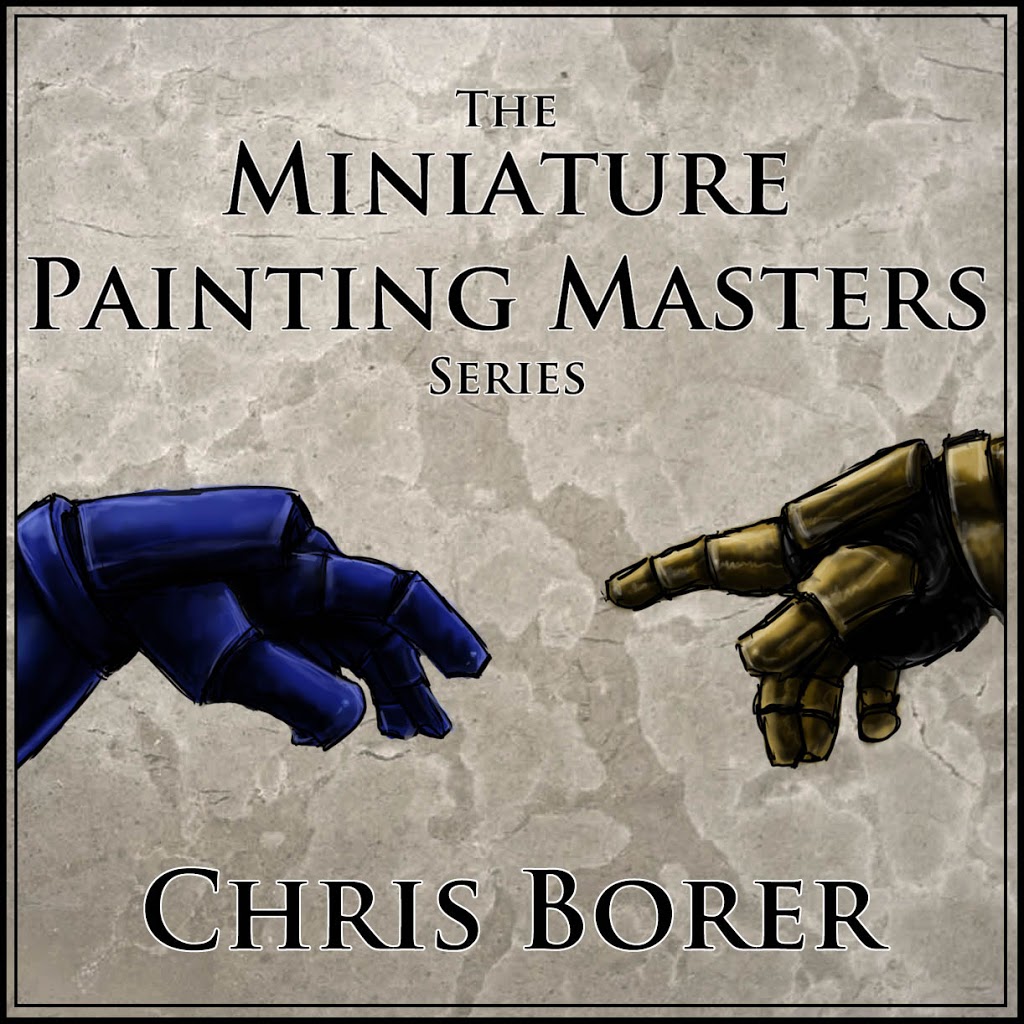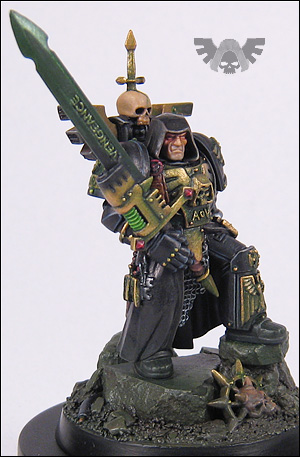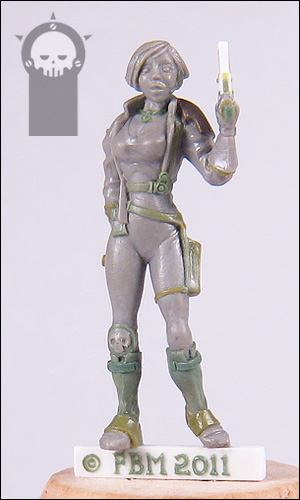INTERVIEW: Miniature Painting Masters: Chris Borer

Welcome to The Miniature Painting Masters Series where we sit down with some of our hobby’s most prolific and well known painters. We kick off the series with multiple Golden Demon winner and extremely talented (and extremely humble) hobbyist, Chris Borer.
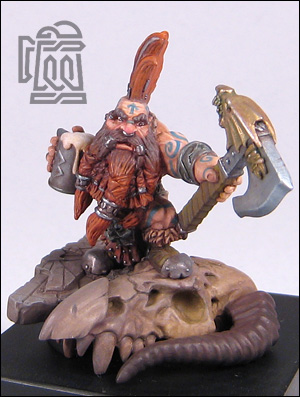 |
| Pint Slayer – 2009 |
Tyler: How did you first become a member of the miniature wargaming and painting hobby?
Tyler: Which aspect is more important to you, the wargaming or the hobby and why?
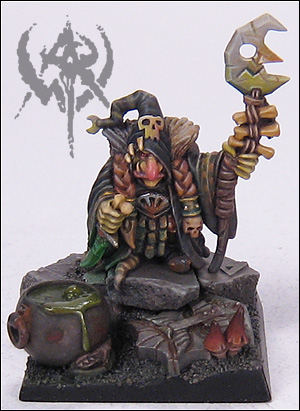 |
| Gazbag – 2009 |
Tyler: How is your approach to painting a display model and painting a gaming model different (styles, time taken, methodology, etc)
 |
| Fratricide Golden Demon 2008 |
Tyler: You have recently started sculpting and selling several miniatures from scratch such as The Artillerist and Hannah Valerus. Is sculpting miniatures the next area for you after painting? Can we expect more original Chris Borer sculpts?
Chris: Absolutely. My own personal hobby path started with painting stock minis, then converting minis with stock parts, then fabricating or sculpting parts to convert minis and now I’ve sculpted a few complete pieces. I don’t think I ever really set out to sculpt whole miniatures; it just seemed to be the next logical step for me.
The previous year’s challenge had used a Fantasy model, so the year I was eligible was going to be 40K – which suited me just fine. The plastic chaos lord in terminator armor had recently been released and with four participants, it was natural to assign each of us a character devoted to a different chaos power, which also suited me just fine – because I received the chaos patron I’d been hoping for…
One of the big things I did differently with this model was to consult with one of my “competitors” as I worked. Todd Swanson and I had met about a year earlier in a painting class being run by Jeremie Bonamont. We were both there as students – which goes to show you’re never too experienced to learn something. In any case, Todd and I decided to share our works-in-progress and it proved to be a great asset to both of us. I’ve said it before, but it bears repeating – having fellow hobbyists to offer comments and criticisms on your work is a nearly priceless asset.
In my early competition years, I never showed anyone a project I was working on for fear of tipping my hand or getting overly harsh criticism. But having changed my tune since, I’d encourage anyone to ask fellow painters, sculptors, and hobbyists for feedback, especially if you want to improve. Not everyone will oblige you, and not all the criticism will be constructive (or necessarily polite), but the vast majority of us are in this hobby because we enjoy it. It doesn’t require much arm-twisting to get painters to talk about painting…
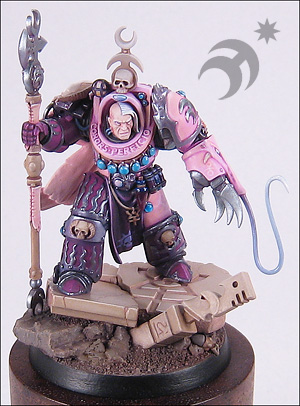 |
| Balthazar Games Workshop’s 2008 Slayer Sword Challenge |
Tyler: Any final words before we wrap up the interview?
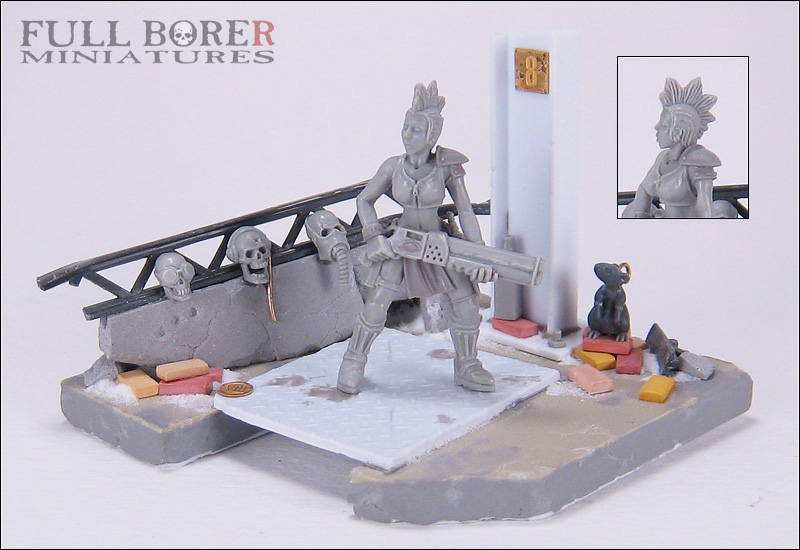 |
| A WIP of Chris’ winning entry from this year’s Golden Demons |
Head over to Mengel Miniatures for the full interview and some exclusive photos and be sure to check back monthly for more interviews with the painters who help shape our hobby. Next month: Dave Taylor!
To see more of Chris’ work as well as visit his store where you can pick up your own miniatures of The Artellist and Hannah Valerus check out his site at Full Borer Miniatures.

